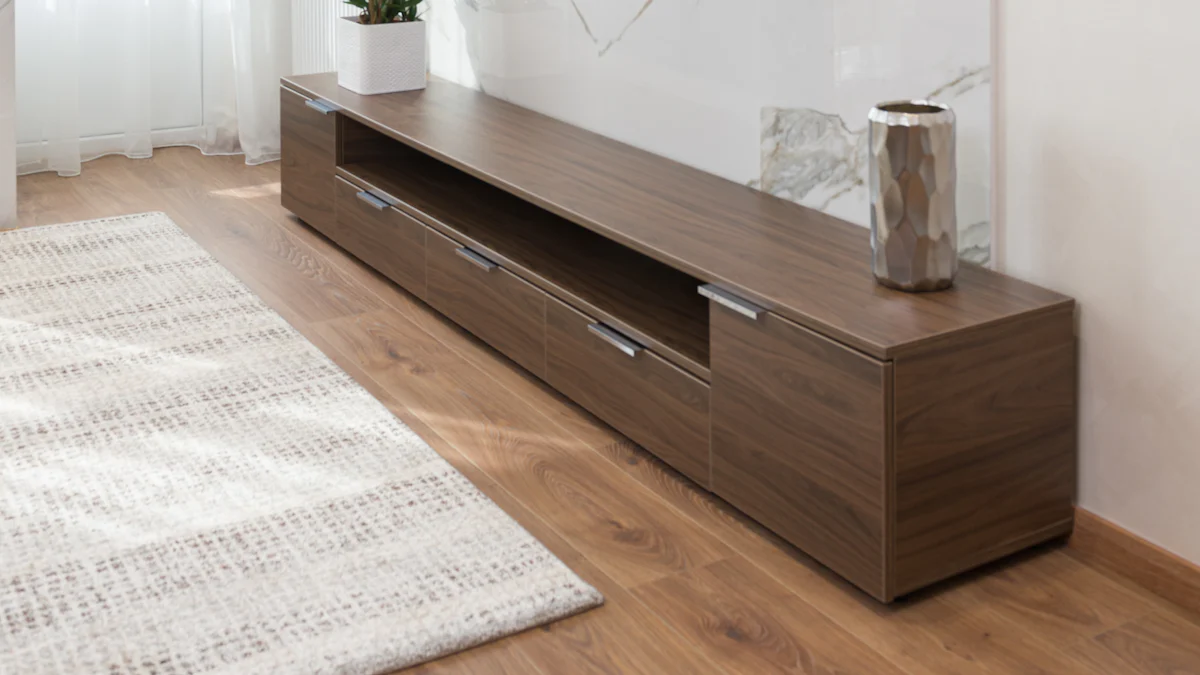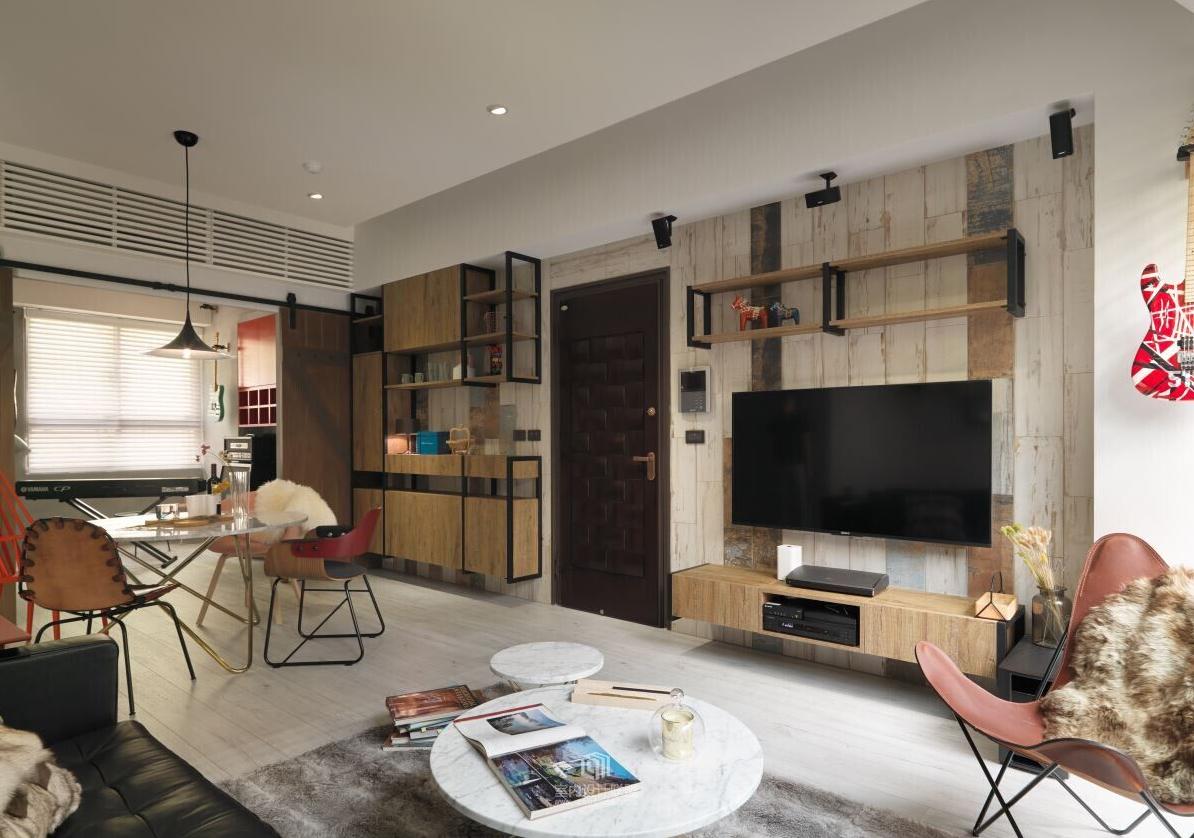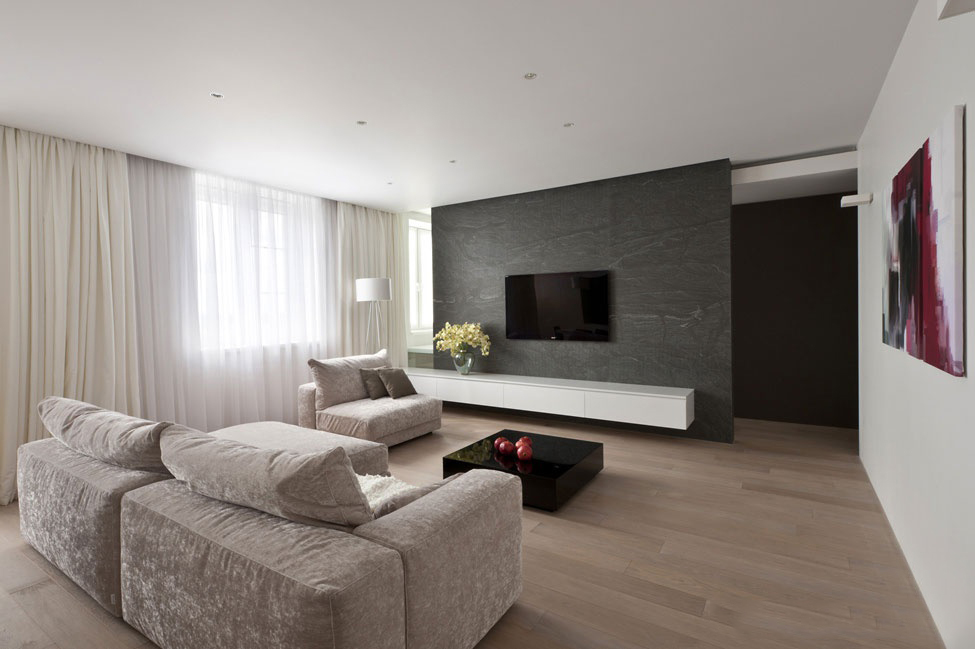
Mounting your TV on the wall can transform your viewing experience, but choosing the wrong setup can lead to discomfort or even safety risks. Tilt TV Mounts offer a practical solution, letting you adjust the screen angle for better comfort and reduced glare. Picking the right one ensures your TV stays secure and your space looks great.
Key Takeaways
- ● Tilt TV Mounts let you change the screen angle. This helps you watch comfortably and reduces glare on the screen.
- ● Check your TV's size, weight, and VESA pattern before buying. This makes sure the mount fits safely.
- ● Think about your room setup and how you like to watch. Pick a mount that cuts glare and feels comfortable.
Understanding Tilt TV Mounts
What Are Tilt TV Mounts
Tilt TV Mounts are wall brackets designed to hold your TV securely while allowing you to adjust the screen's angle up or down. This slight tilting motion helps you find the perfect viewing position, especially if your TV is mounted higher than eye level. These mounts are ideal for reducing glare from windows or lights, making your viewing experience more enjoyable.
You’ll often find Tilt TV Mounts in living rooms, bedrooms, or even offices where flexibility in screen positioning is important. They’re a step up from fixed mounts, offering more functionality without the complexity of full-motion mounts.
Benefits of Tilt TV Mounts
Why should you consider Tilt TV Mounts? First, they improve your comfort. By angling the screen, you can avoid neck strain and enjoy a better view, no matter where you’re sitting. Second, they help reduce glare, which can be a big issue in rooms with lots of natural light.
Another advantage is their space-saving design. Unlike bulky entertainment centers, these mounts keep your TV close to the wall, giving your room a clean, modern look. Plus, they’re easy to adjust, so you can quickly tweak the angle if needed.
Comparing Tilt TV Mounts to Fixed and Full-Motion Mounts
Tilt TV Mounts strike a balance between simplicity and flexibility. Fixed mounts keep your TV in one position, which works if you always sit directly in front of the screen. However, they don’t offer any adjustments for glare or viewing angles.
Full-motion mounts, on the other hand, let you tilt, swivel, and extend the TV in multiple directions. While they’re versatile, they’re also more expensive and harder to install. Tilt TV Mounts give you the best of both worlds—adjustability without the hassle or high cost.
Key Factors to Consider
TV Size, Weight, and VESA Compatibility
Before you buy a tilt TV mount, check your TV’s size and weight. Every mount has limits, and exceeding them can lead to serious safety risks. Look at your TV’s manual or specifications to find its weight and screen size. Then, match these with the mount’s capacity.
You’ll also need to confirm VESA compatibility. VESA refers to the pattern of mounting holes on the back of your TV. Most TVs follow standard VESA measurements, but it’s always good to double-check. If the mount doesn’t match your TV’s VESA pattern, it won’t fit properly.
Viewing Preferences and Room Layout
Think about where you’ll sit while watching TV. Will you be directly in front of it, or will you view it from different angles? Tilt TV Mounts are great for reducing glare and adjusting the screen if it’s mounted higher than eye level.
Also, consider your room’s layout. Is there a lot of natural light? Are there windows or lamps that might cause reflections? A tilt mount can help you position the screen for the best view, no matter the setup.
Wall Type and Installation Requirements
Not all walls are the same. Drywall, concrete, and brick each require different installation methods. Make sure the mount you choose comes with the right hardware for your wall type. If you’re unsure, consult a professional installer.
You’ll also need to locate wall studs for secure mounting. Avoid mounting directly into drywall, as it won’t support the TV’s weight.
Balancing Budget and Quality
It’s tempting to go for the cheapest option, but quality matters. A poorly made mount can fail, putting your TV at risk. Look for mounts made from durable materials like steel. Read reviews to see how others rate the product’s performance.
That said, you don’t need to overspend. Many affordable Tilt TV Mounts offer excellent quality and features. Find a balance between your budget and the mount’s durability and functionality.
Common Mistakes to Avoid
When picking a tilt TV mount, it's easy to make a few common mistakes. Let's go over some pitfalls you should steer clear of.
Ignoring VESA Standards
First up, don't ignore VESA standards. These are the measurements that dictate how your TV attaches to the mount. If you skip checking these, you might end up with a mount that doesn't fit your TV. Always double-check your TV's VESA pattern and ensure it matches the mount. This step saves you from a lot of hassle later on.
Exceeding Weight Limits
Next, pay attention to weight limits. Every mount has a maximum weight it can support. If your TV is too heavy, the mount could fail, risking damage to both your TV and wall. Check your TV's weight and compare it to the mount's capacity. It's better to be safe than sorry.
Choosing Based on Price Alone
While it's tempting to go for the cheapest option, don't choose based on price alone. A low-cost mount might lack the durability or features you need. Look for a balance between cost and quality. A good mount will keep your TV secure and offer the flexibility you want.
Overlooking Installation Challenges
Finally, don't overlook installation challenges. Different wall types require different installation methods. Make sure you have the right tools and hardware for your wall. If you're unsure, consider hiring a professional. Proper installation ensures your Tilt TV Mounts stay secure and functional.
Additional Features to Look For
Cable Management Options
Messy cables can ruin the sleek look of your mounted TV. Many Tilt TV Mounts come with built-in cable management systems to keep wires organized and out of sight. These features help you avoid tangled cords and create a cleaner setup. Look for mounts with clips, channels, or covers that guide cables neatly along the wall. This not only improves aesthetics but also makes it easier to access cables when needed.
Tip: If you have multiple devices connected to your TV, a mount with cable management will save you a lot of frustration.
Quick-Release Mechanisms
Ever need to remove your TV from the wall quickly? A mount with a quick-release mechanism makes this process simple. These mounts often include pull cords or levers that let you detach the TV without tools. This feature is especially useful for maintenance, upgrades, or relocating your TV.
Note: Quick-release mechanisms don’t compromise security. They’re designed to hold your TV firmly in place until you need to remove it.
Adjustable Tilt Angles
Not all tilt mounts offer the same range of motion. Some allow only a slight tilt, while others provide a broader angle adjustment. A wider tilt range gives you more flexibility to find the perfect viewing position. This is especially helpful if your TV is mounted high on the wall or if you frequently change seating arrangements.
Pro Tip: Check the mount’s specifications to see how far it tilts. A range of 5-15 degrees is ideal for most setups.
Ease of Installation
Nobody wants a complicated installation process. Some mounts come with detailed instructions, pre-assembled parts, and even templates to simplify the job. Others might require extra tools or expertise. Choose a mount that matches your comfort level with DIY projects.
Reminder: If you’re unsure about installation, hiring a professional can save time and ensure your TV is mounted securely.
Choosing the right tilt TV mount doesn’t have to be overwhelming. Focus on your TV’s specs, your room’s layout, and your wall type. Prioritize safety and quality over shortcuts. Ready to get started? Check out trusted brands or talk to a professional installer to make your setup seamless and stress-free!
FAQ
How do I know if my wall can support a tilt TV mount?
Check your wall type—drywall, concrete, or brick. Use a stud finder for drywall. If unsure, consult a professional for advice.
Tip: Avoid mounting directly into drywall without studs. It won’t hold the TV securely.
Can I install a tilt TV mount by myself?
Yes, if you’re comfortable with DIY projects. Follow the instructions carefully. For complex walls or heavy TVs, hiring a professional is safer.
Reminder: Double-check that you have the right tools and hardware before starting.
What’s the ideal height for mounting a TV?
Mount the TV so the center of the screen aligns with your eye level when seated. For higher mounts, use a tilt feature to adjust the angle.
Pro Tip: Use painter’s tape to mark the spot before drilling. This helps you visualize the placement.
Post time: Jan-17-2025



